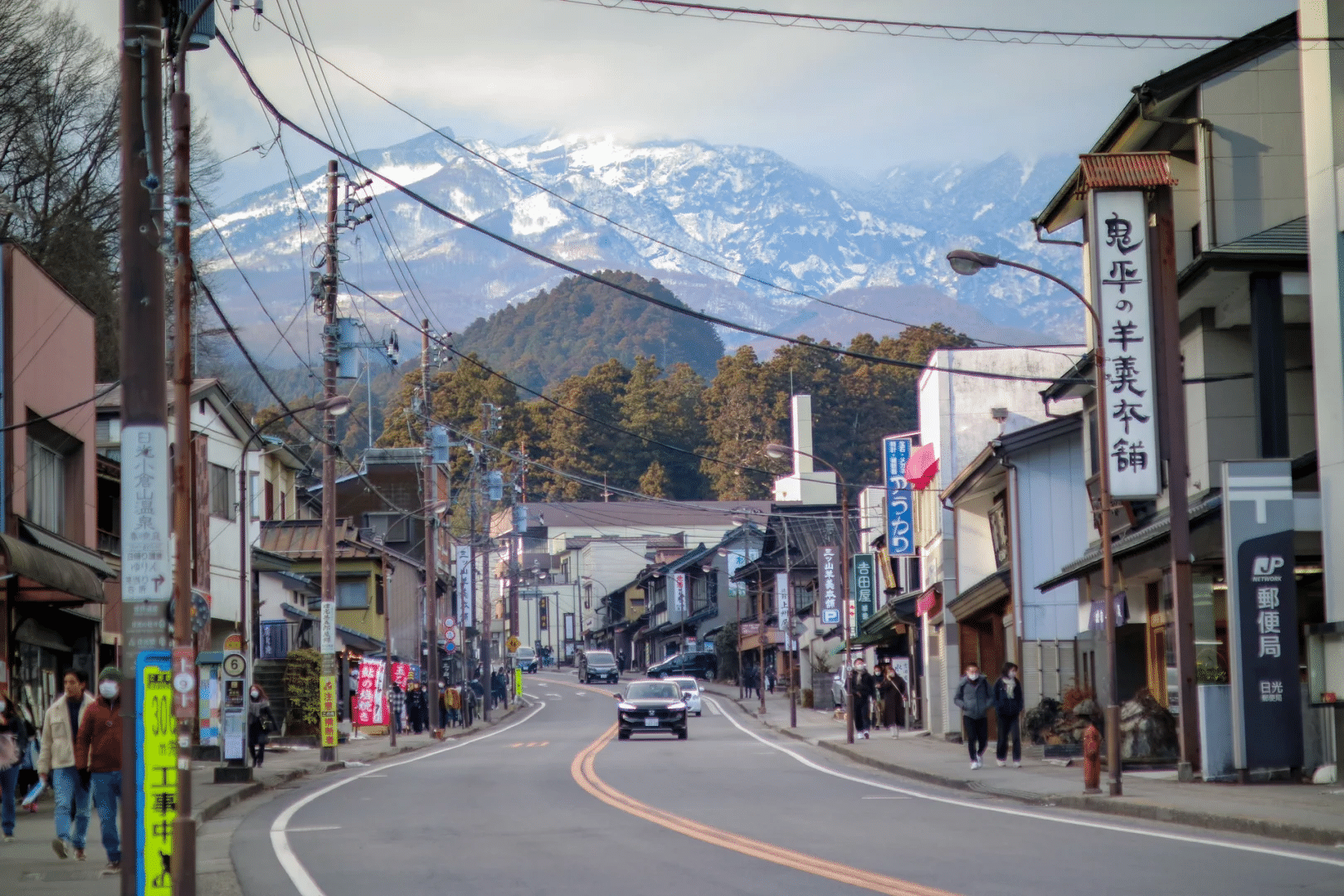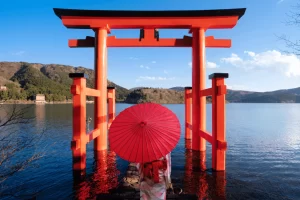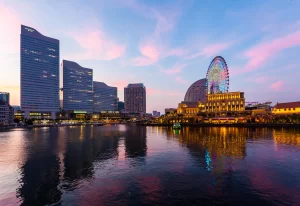Tokyo to Nikko Transfer: Trains, Buses, and Taxis Compared
Ever wondered how one could reach the Tranquil Beauty of Nikko from the busy Tokyo streets?
Should you be visiting Nikko, the trip from Tokyo is practically as enchanted as the destination itself. Nikko is well-known for its vivid autumn colours, breathtaking waterfalls, and temples listed by UNESCO. Nikko provides the ideal escape from the busy city of Tokyo, whether your preferred destination is peace in nature or you wish to fully experience Japan’s rich past. Still, choosing the correct mode of transportation will make all the difference in a seamless trip. This guide will walk over the best routes from Tokyo to Nikko, so guaranteeing a stress-free and fun journey. 🚄✌🚖
1. Why is Nikko visited? A MUST-See Tokyo Destination 🏯
One of the most fascinating places in Japan, Nikko is where history and environment live peacefully. It boasts the magnificent Toshogu Shrine, the last resting place of Tokugawa Ieyasu, the creator of the Tokugawa shogunate. Surrounded by rich forests, this lavishly ornamented shrine is a UNESCO World Heritage Site drawing tourists from all around.
But Nikko goes beyond temples. The area is well-known for its amazing natural beauty, which presents breath-taking views. From the majestic Kegon Falls, the breathtaking Lake Chuzenji, and the calm Senjogahara Marshland, Nikko’s surroundings equally captivate as their historical sites. Nikko offers something for everyone, regardless of your interests—history or the great outdoors. 🌳
Nikko also sees amazing seasonal variations. Should you visit in autumn, you will be surrounded in brilliant gold and red foliage. Cherry blossoms abound in spring; summer months bring rich vegetation. Nikko is the ideal place for you to flee Tokyo’s congested streets.
Let us now, however, concentrate on arriving there. From Tokyo to Nikko, how do you get there and which alternative fits your circumstances? 🤷♂️ Let us explore the several transfer options.
2. Tokyo to Nikko Transfer Options Overview 🚆🚖🚌
You have several transportation choices when deciding how to get from Tokyo to Nikko, each with pros and negatives. The main options are:
Starting from Asakusa, Tobu Railway (Limited Express & Local Trains) offers a handy and reasonably priced means of travel.
JR Train (Shinkansen + JR Nikko Line), the fastest choice best for JR Pass holders.
● Highway Bus: Direct transfer least expensive, but road traffic influences.
● Private Taxi or Rental Car: Though it is the most costly option, offers flexibility.
Every one of these choices differs in comfort, speed, and expense. Let’s closely examine every one of them so you may decide which best fits your travel requirements. 🚗
Detailed Guide to Tokyo to Nikko Transfer Options 🚄
🚆 Option 1: Tobu Railway – Budget-Friendly and Direct
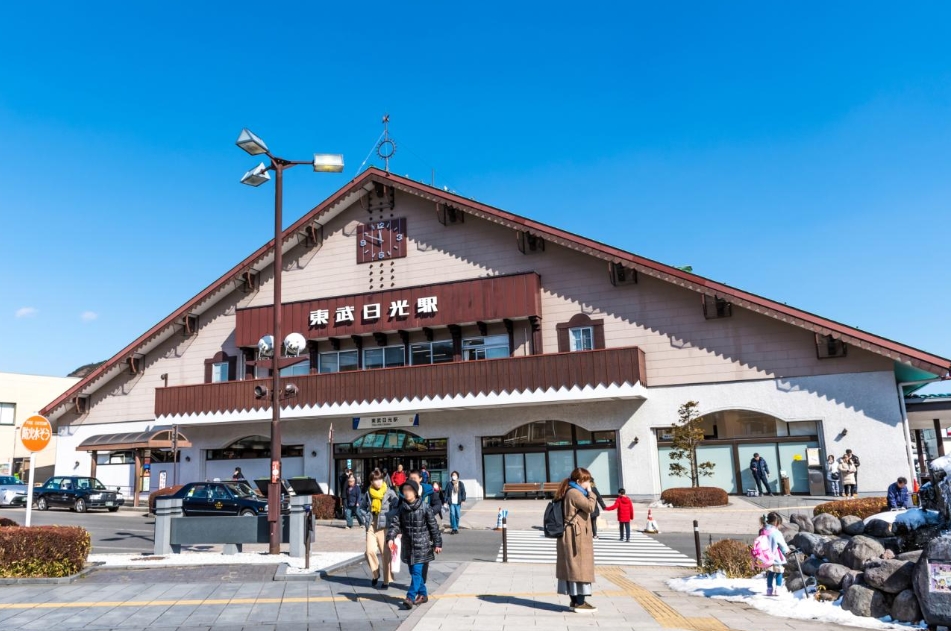
From Asakusa Station to Tobu Nikko Station the Tobu Railway provides two primary services. Perfect for those on a tight budget, this dependable and reasonably priced choice offers a straight path.
● Tobu Limited Express (SPACIA & SPACIA X) On the Tobu range, this is the fastest and most cosiest choice. Nikko is reached in two hours, and one way costs $15–$30. The SPACIA X is a premium choice with additional comfort, so enhancing the travel experience. Complete with air conditioning and Wi-Fi, the Tobu Limited Express presents a roomy and peaceful ride that will help you to relax during the travel.
Ideal for budget visitors seeking a straight path free of transfers. Drawback: It lags behind the Shinkansen. ➳
● Local Trains in Tobu: The Tobu Local Trains are a less expensive choice if you want to save still more money. They are slower, though, and might call for a transfer halfway through. Depending on the path and transfer timing, the trip takes 2.5–3 hours. For those who would be willing to spend a little more time saving a few bucks, this is the perfect choice.
Ideal for budget-conscious visitors staying close to Asakusa who are not bothered about a longer journey. Drawback: You will have to transfer minimum once and it is slower.
Where to get tickets: any convenience store in Japan, Tobu Asakusa Station, or online at Should you intend to spend more time in Nikko, think about getting the Tobu Nikko Pass, which provides discounts on bus and train tickets inside Nikko. 🏞️
🚄 Option 2: JR Train (Shinkansen + JR Nikko Line) – The Fastest Route

Should speed be your top concern and you have a Japan Rail Pass, the Shinkansen is the fastest route to Nikko. For most people, the fastest choice is the Shinkansen (bullet train) and the JR Nikko Line taken together. Here is how it operates:
● About one hour, from either Tokyo Station or Ueno Station, ride the Shinkansen to Utsunomiya Station.
From Utsunomiya, head to the JR Nikko Line to reach Nikko Station in forty-minute travel time.
With about 1.5 hours overall, the trip from Tokyo to Nikko is the fastest—that is, the journey takes. The JR Nikko Line is just as effective as the Shinkansen, which is renowned for its speed and timings to guarantee you never waste any time.
● Cost: $40–$60; although the Japan Rail Pass covers the ticket completely.
Ideal for quick trips and JR Pass holders trying to maximise their stay. One drawback is having to transfer at Utsunomiya, which can be difficult if you are rushing or carrying bulky bags.
Any JR ticket office (called Midori no Madoguchi), online, or at ticket machines at the station will let you purchase tickets. The ticket covers JR Pass holders totally. 😆
🚌 Option 3: Highway Bus – The Cheapest Direct Option
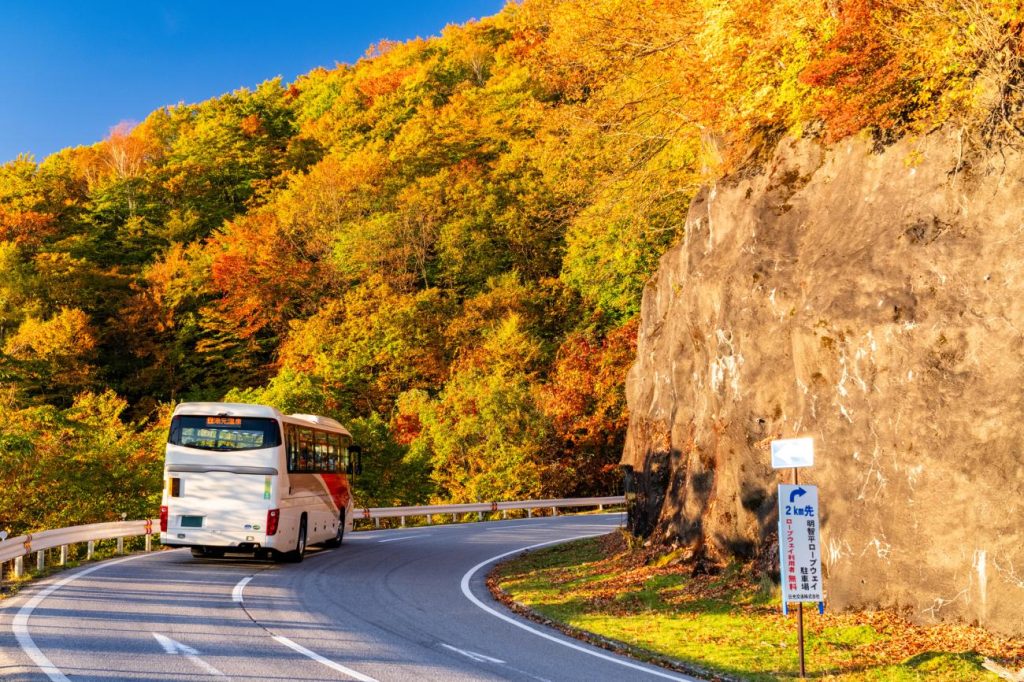
The highway bus is your most affordable choice if you truly want to save money and are not bothered about a longer travel time.
● Three to four hours, depending on traffic.
Cost: $20–$25 one-way; departure points Tokyo Station or Shinjuku Station.
The bus is the most vulnerable to road traffic-related delays even if it is the least expensive direct choice. Should you be travelling during seasons or peak hours, you should expect more time.
Ideal for budget visitors who would rather take a direct path and are not minded of spending more time on the road. Drawback: Especially during rush hour, erratic traffic can cause far longer travel times.
Where may one purchase tickets? Tickets may be purchased online, at bus terminals, or using mobile apps. Booking your tickets in advance will help you to guarantee your seat, particularly in busy seasons.
🚖 Option 4: Private Taxi or Rental Car – Ultimate Convenience
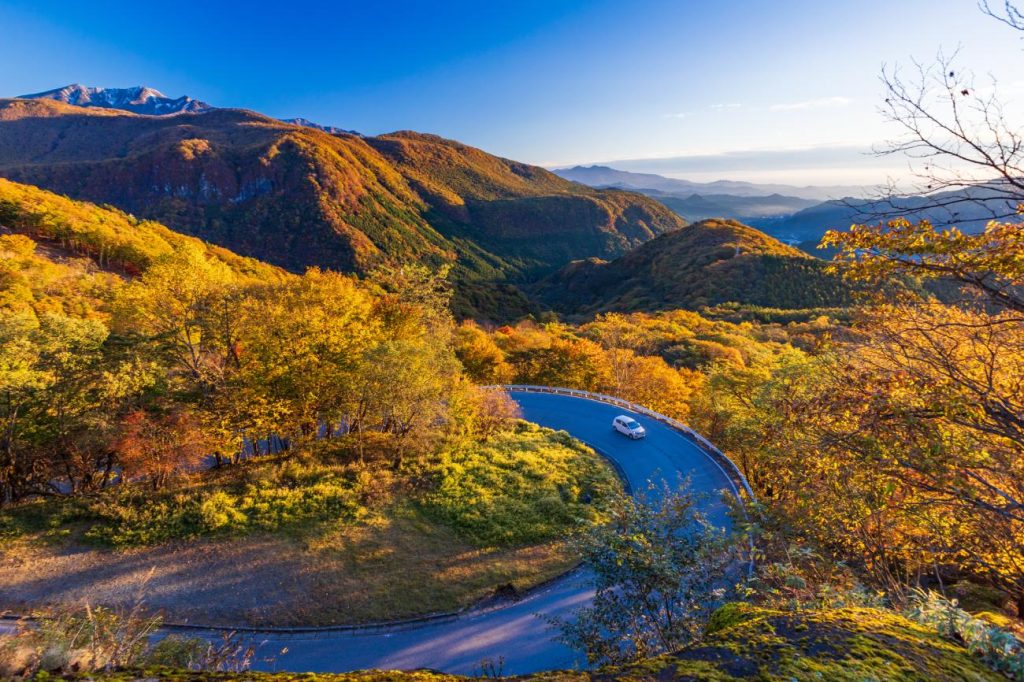
Private taxis or rental cars provide a handy but expensive approach for people who would rather be totally comfortable and flexible to get from Tokyo to Nikko.
● Based on traffic, duration: two to three hours.
● Cost: $300–$400 for a taxi; provider variation affects rental cars.
● Perfect for families, groups, travellers with lots of bags, or those looking for maximum seclusion.
Door-to–door service provided by a private taxi means you won’t have to change between several kinds of transportation. If you are heading with children, elderly relatives, or a big group, this is particularly helpful.
ideal for families or groups seeking comfort, privacy, and flexibility. One drawback is its great cost, particularly for single visitors.
Where to book taxis: Private transfer companies or mobile apps allow you do so. Should you decide to rent a car, be sure you have an International Driving Permit (IDP), as driving in Japan calls for it. 🚗
4. Comparing All Tokyo to Nikko Transfer Options – Which One is Best for You? 🧐
Here’s a quick comparison of all the transfer options, helping you decide which one best fits your needs:
| Transport Option | Duration | Cost | Best For | Drawbacks |
| Tobu Railway (Limited Express) | ~2 hours | $15–$30 | Budget travelers, direct route | Slower than the Shinkansen |
| JR Train (Shinkansen + JR Nikko Line) | ~1.5 hours | $40–$60 | Speed, JR Pass users | Requires transfer at Utsunomiya |
| Highway Bus | ~3–4 hours | $20–$25 | Cheapest direct option | Affected by traffic, fewer departures |
| Taxi/Private Transfer | ~2–3 hours | $300–$400 | Convenience, groups | Extremely expensive |
For most travelers, the Tobu Railway Limited Express offers the best balance of affordability and convenience. But if you already have a Japan Rail Pass, the Shinkansen + JR Nikko Line is the fastest and most efficient option. The Highway Bus is perfect for budget travelers, and the Taxi/Private Transfer is ideal for those seeking maximum comfort and flexibility. 🚅
5. Recommended Transfer Based on Different Traveler Types 💼
🏯 For First-Time Visitors:
Tobu Railway Limited Express
If it’s your first time visiting Nikko, the Tobu Limited Express is the best option. It’s direct, comfortable, and easy to navigate, making it perfect for travelers who want a hassle-free journey.
🚄 For Speed Seekers:
Shinkansen + JR Nikko Line
If speed is your priority, the Shinkansen is your best bet. Despite the transfer at Utsunomiya, it remains the fastest route, getting you to Nikko in just 1.5 hours.
💰 For Budget Travelers:
Highway Bus or Tobu Local Train
If saving money is your main goal, you have two great options:
- Tobu Local Train for a cheaper fare but longer travel time.
- Highway Bus for the cheapest direct route, though traffic can slow you down.
👨👩👧👦 For Families or Groups:
Private Taxi or Rental Car
If you’re traveling with a family or group, a private taxi or rental car offers flexibility, comfort, and the convenience of door-to-door service. Though it’s expensive, it’s ideal for groups or those with a lot of luggage.
🌿 For Nature Lovers:
Tobu Railway + Nikko Pass
If you’re planning to explore Nikko’s natural wonders, like Kegon Falls or Lake Chuzenji, the Tobu Nikko Pass is a great deal. It includes unlimited bus rides within Nikko and round-trip train fare.
6. Additional Travel Tips for a Smooth Tokyo to Nikko Transfer ✨
To ensure your journey is as smooth as possible, here are a few travel tips:
📆 Book Your Tickets in Advance:
If you’re traveling during peak seasons (like autumn foliage or cherry blossom season), booking your tickets early is highly recommended. Popular travel routes like the Shinkansen and Tobu Limited Express tend to sell out quickly during these times, and securing your seat in advance will save you the stress of last-minute bookings.
You can buy tickets online or at major train stations, including Tokyo Station and Asakusa Station. For convenience, purchasing through apps or websites like Klook may offer easy-to-use booking systems, including English support. If you’re using the Tobu Nikko Pass or the JR East Pass, be sure to check their specific validity dates to avoid confusion on travel days.
🎫 Consider Discount Passes:
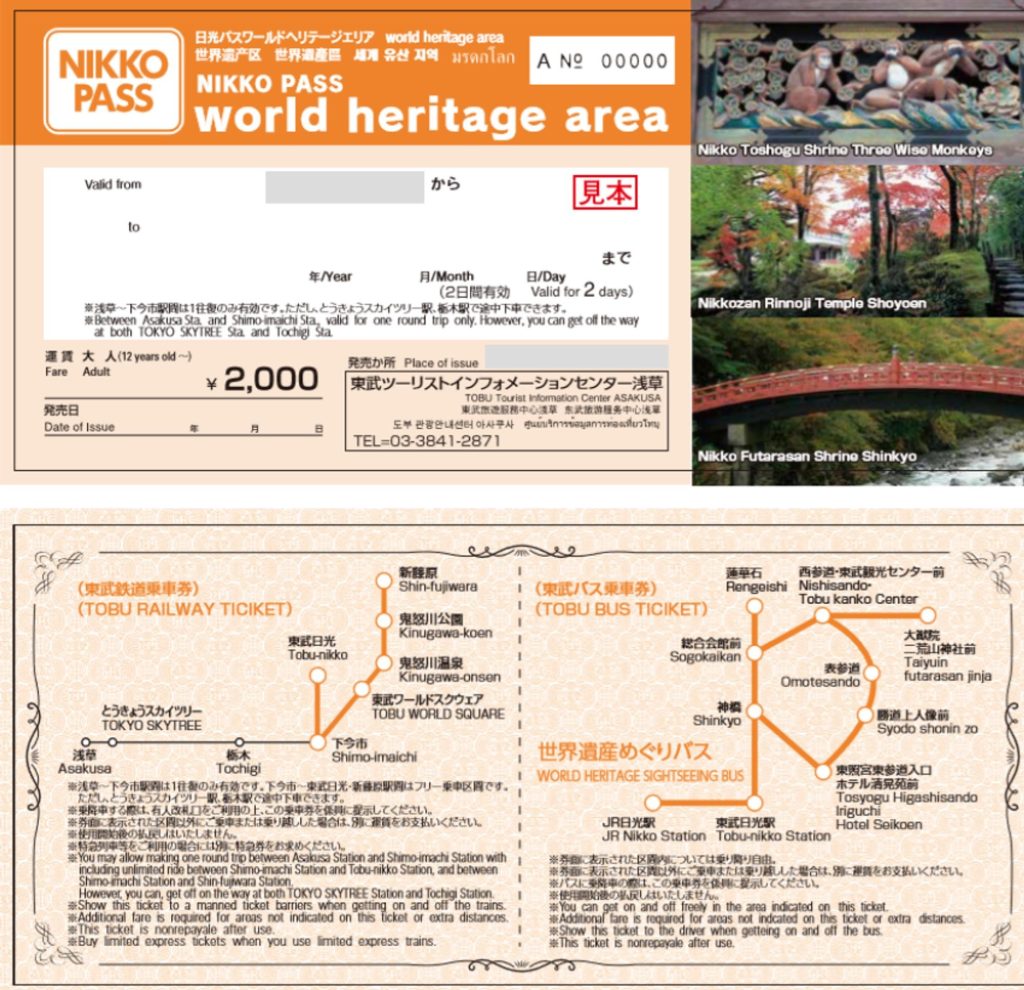
For travelers planning to stay in Nikko or visit nearby attractions, you might want to consider buying a Tobu Nikko Pass or JR East Pass. The Tobu Nikko Pass offers unlimited train rides between Tokyo and Nikko and gives discounts on admission to various attractions like the Toshogu Shrine and Kegon Falls. The JR East Pass covers several routes around the Nikko area, including the Shinkansen ride from Tokyo to Utsunomiya and beyond, which is ideal if you’re planning to extend your trip to other regions in Japan. You can purchase these passes in advance online or at major stations.
These passes are an excellent way to maximize savings while ensuring smooth travel.
🕒 Check Schedules:
Train and bus schedules can fluctuate depending on the season, especially in rural areas like Nikko. In the winter months, snowfall can delay bus services, and in the peak autumn season, heavy crowds might slow you down. Check schedules ahead of time to avoid any unpleasant surprises, particularly if you’re planning on returning to Tokyo the same day.
🎒 Pack Accordingly:
Nikko is known for its mountainous terrain and can be cooler than Tokyo, even during the summer. During autumn and spring, the weather can be quite unpredictable, so it’s best to pack layers. Bring a jacket, comfortable walking shoes for the temple and shrine tours, and a small daypack for carrying essentials like snacks, water, and sunscreen.
While many visitors make Nikko a day trip from Tokyo, if you’re planning to stay overnight, packing for colder evenings is essential, especially if you’re staying in ryokan-style accommodations or exploring nature in the colder months.
Also, note that ATMs in Nikko may not accept foreign cards, so carry cash with you. In major tourist areas, credit cards are widely accepted, but for smaller shops, yen is often necessary.
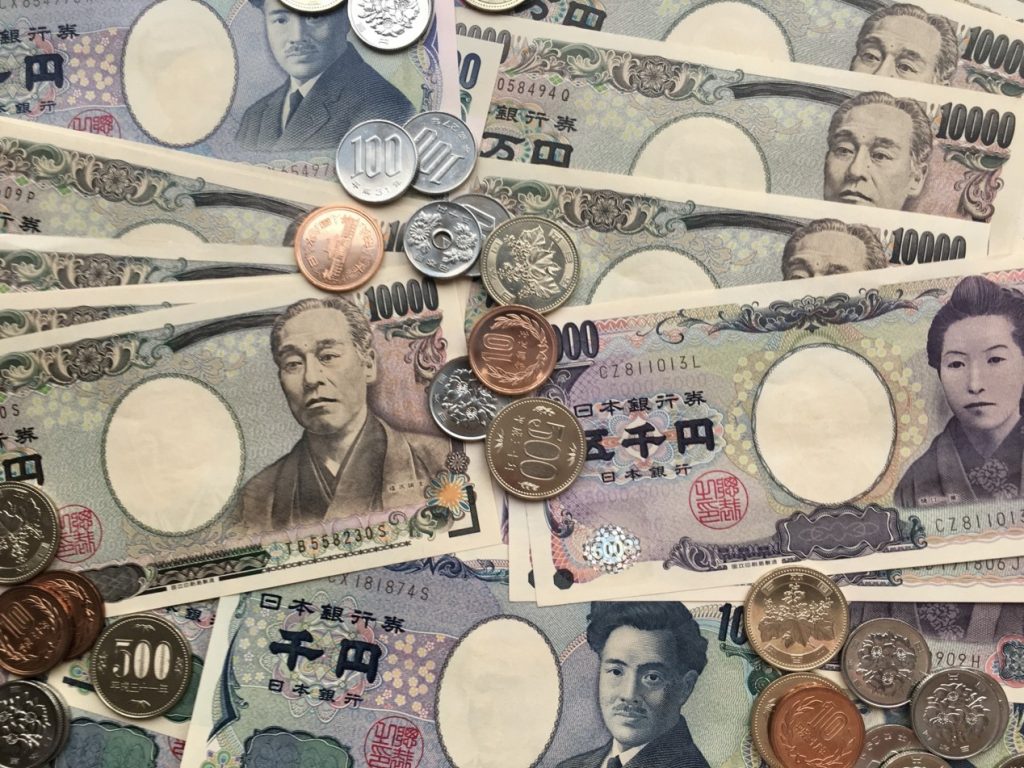
🚆 Enjoy the Scenic Journey:
Whether you’re traveling by Tobu Railway, Shinkansen, or a highway bus, enjoy the beautiful countryside views. Especially during autumn or spring, the changing foliage from the train will provide you with breathtaking views of rural Japan’s natural beauty. Consider taking photos along the way—some of the best views of Japan’s countryside are just outside the window.
Also, it’s good practice to arrive at your departure station at least 30 minutes early to allow time for finding your platform and purchasing any last-minute tickets.
7. What to Do Once You Arrive in Nikko 🎉
Once you arrive in Nikko, there’s plenty to see and do. Here are some additional activities to consider that can elevate your trip to this beautiful region:
1. Toshogu Shrine
This is the most famous attraction in Nikko and is known for its ornate architecture. The shrine complex is large and requires a couple of hours to fully explore. The carvings and gold leaf decorations are stunning, and don’t miss the Sacred Tree Walk, which takes you around the historic grounds. The Sleeping Cat carving and Five-Story Pagoda are two of the shrine’s most iconic features.
Tip: Try visiting early in the morning to avoid the crowds, especially if you’re traveling during peak tourist seasons.
2. Kegon Falls
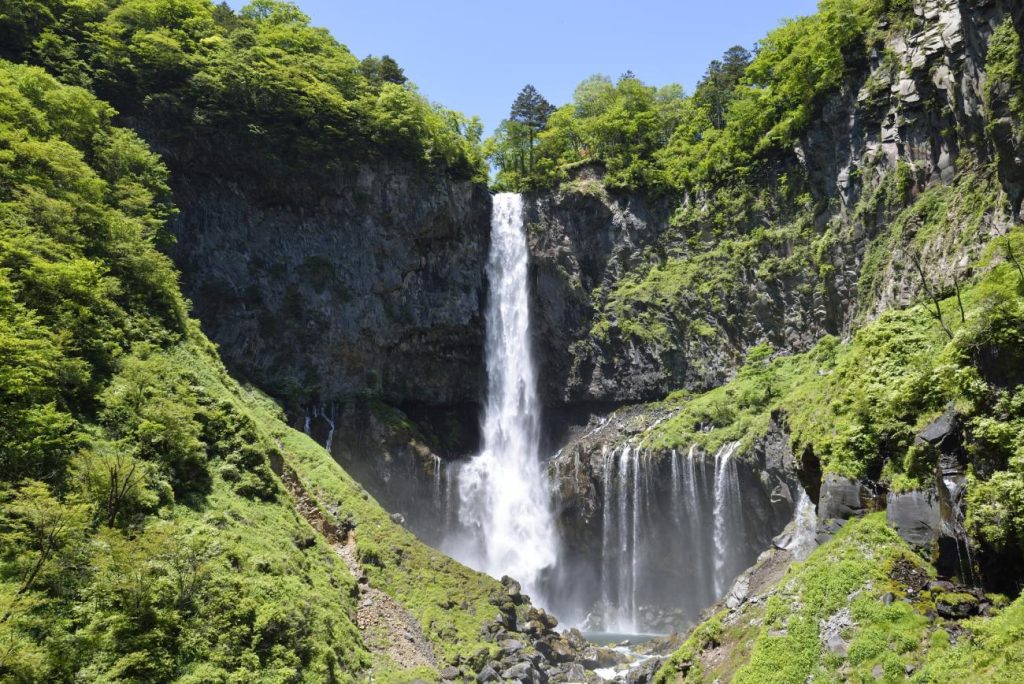
This stunning waterfall, one of Japan’s tallest, is especially beautiful in the autumn when the foliage surrounds it in vibrant colors. Kegon Falls can be accessed via a bus from Nikko Station to the Kegon Falls Bus Station or by taking a walk from Lake Chuzenji.
For a truly immersive experience, visitors can take an elevator that descends to the base of the falls, where you can hear the deafening roar of the water crashing down. If you’re an avid photographer, the fall’s misty atmosphere and surrounding nature make for fantastic photo opportunities.
3. Lake Chuzenji
Take a boat tour on Lake Chuzenji or hike around the lake for incredible views of the mountains and surrounding landscape. The lake was formed by volcanic activity and is renowned for its crystal-clear waters. Boat tours provide an excellent vantage point, and the nearby Chugushi Shrine offers a serene environment for reflection. For nature lovers, the Senjogahara Marshland is an easy hike that provides views of stunning wildlife and panoramic mountain views.
4. Senjogahara Marshland
For nature lovers, hiking through Senjogahara is an unforgettable experience, offering panoramic views of the valley. The marshland is home to various species of wildlife and birdlife. While the trail is relatively easy and flat, it’s the perfect opportunity to immerse yourself in Nikko’s natural beauty. For the best experience, hike here in the early morning or at dusk when the light plays beautifully across the wetland.
5. Nikko Edomura
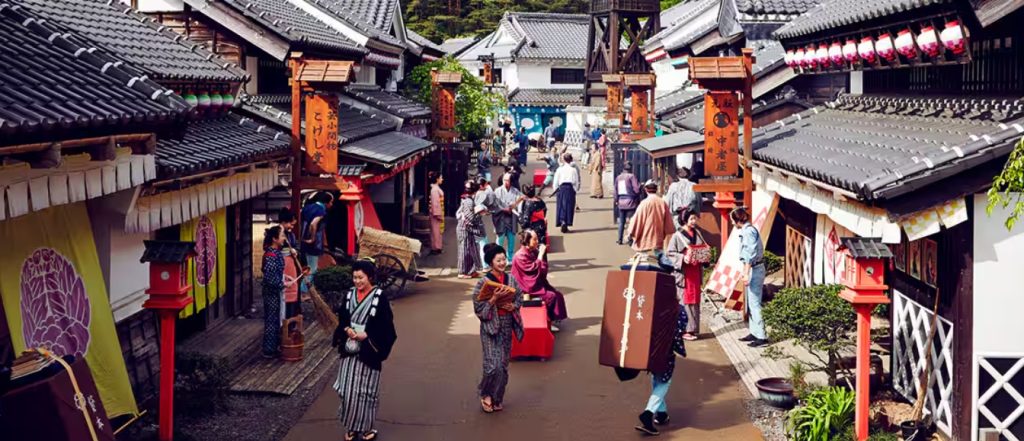
If you’re interested in learning more about Japan’s Edo period, head to Nikko Edomura, a recreated historical village where you can step back in time to the 17th century. It’s an interactive experience where visitors can dress in traditional Edo period clothing, watch historical reenactments, and learn about the customs and lifestyles of the time.
Plan Your Best Tokyo to Nikko Transfer
With so many options for a Tokyo to Nikko transfer, your choice depends on what matters most—speed, cost, or convenience. Whether you take a direct Tobu Limited Express, the fast Shinkansen, a budget-friendly highway bus, or even a private taxi, getting to Nikko is easy and rewarding.
Nikko’s rich history, stunning temples, and breathtaking nature make it a must-visit destination from Tokyo. Now that you have all the essential details, it’s time to plan your journey and experience the magic of Nikko firsthand!
Which transfer option do you prefer? Let me know in the comments! Safe travels! 😊
